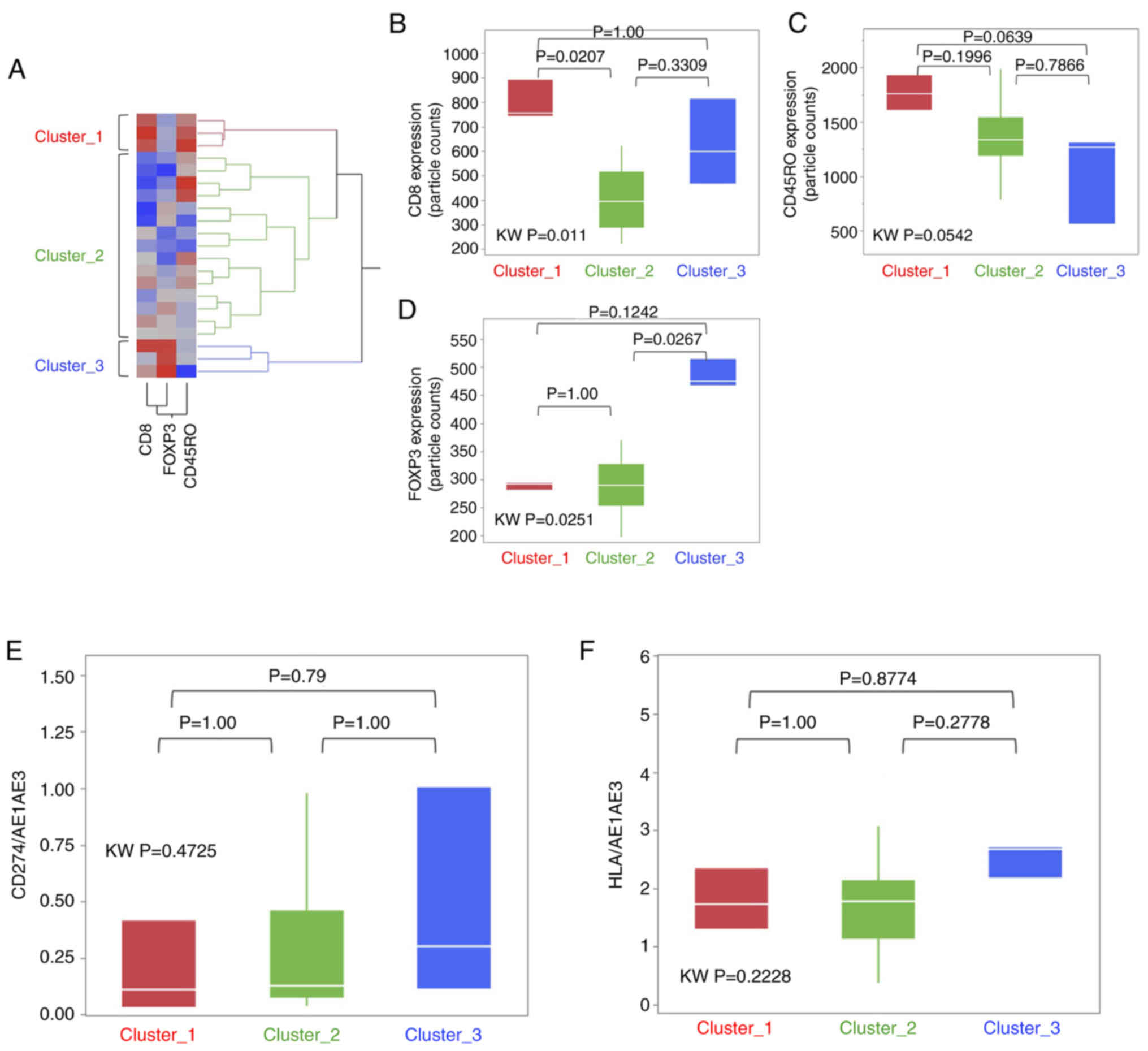

Direct sequence-based immunoprofiling will likely prove to be a useful tool for understanding repertoire dynamics We identified 1,573 examples of convergence where the same amino acid translation was specified by distinct CDR3β nucleotide TRBJ gene usage ranged from 1.6% for TRBJ2-6 to 17.2% for TRBJ2-1.

TRBV gene usage ranged from 0.01% for TRBV17 to 24.6% for TRBV20-1. The unbiased, paired analysis of T-cell receptor (TCR) - and -chain usage at the single-cell level provides a valuable window of understanding into the TCR repertoire and the nature of the immune response. CDR3 length between conserved residues of TRBV and TRBJ ranged from 21 to 81 nt. Measurements of CDR3β length diversity, usage of non-templated bases, sequence convergence, and preferences for TRBV and TRBJ gene usage and pairing. Assembly of 40.5 million short reads identified 33,664 distinct TCRβ clonotypes and provides precise Here, we use 5'RACE, Illumina sequencing, and a novel short read assembly strategy to sample CDR3β diversity in human T lymphocytesįrom peripheral blood. Using real-time PCR to quantitate T-cell receptor (TCR) variable region beta (V) family usage, we show that CD8+ T-lymphocyte populations specific for dominant. T cell repertoire remain unknown because the potential repertoire size has made conventional sequence analysis intractable. This is the site of V(D)J recombination encoding the principal site of antigen contact. TCR beta subunits can be unambiguously identified by their hypervariable CDR3 (Complement Determining Region 3) sequence. In order to overcome these limitations, we characterized the T-cell receptor beta (TRB) chain gene repertoire using a high-throughput sequencing approach.
#T cell receptor repertoire analysis plus
T-cell receptor (TCR) genomic loci undergo somatic V(D)J recombination, plus the addition/subtraction of non-templated basesĪt recombination junctions, in order to generate the repertoire of structurally diverse T-cells necessary for antigen recognition.


 0 kommentar(er)
0 kommentar(er)
